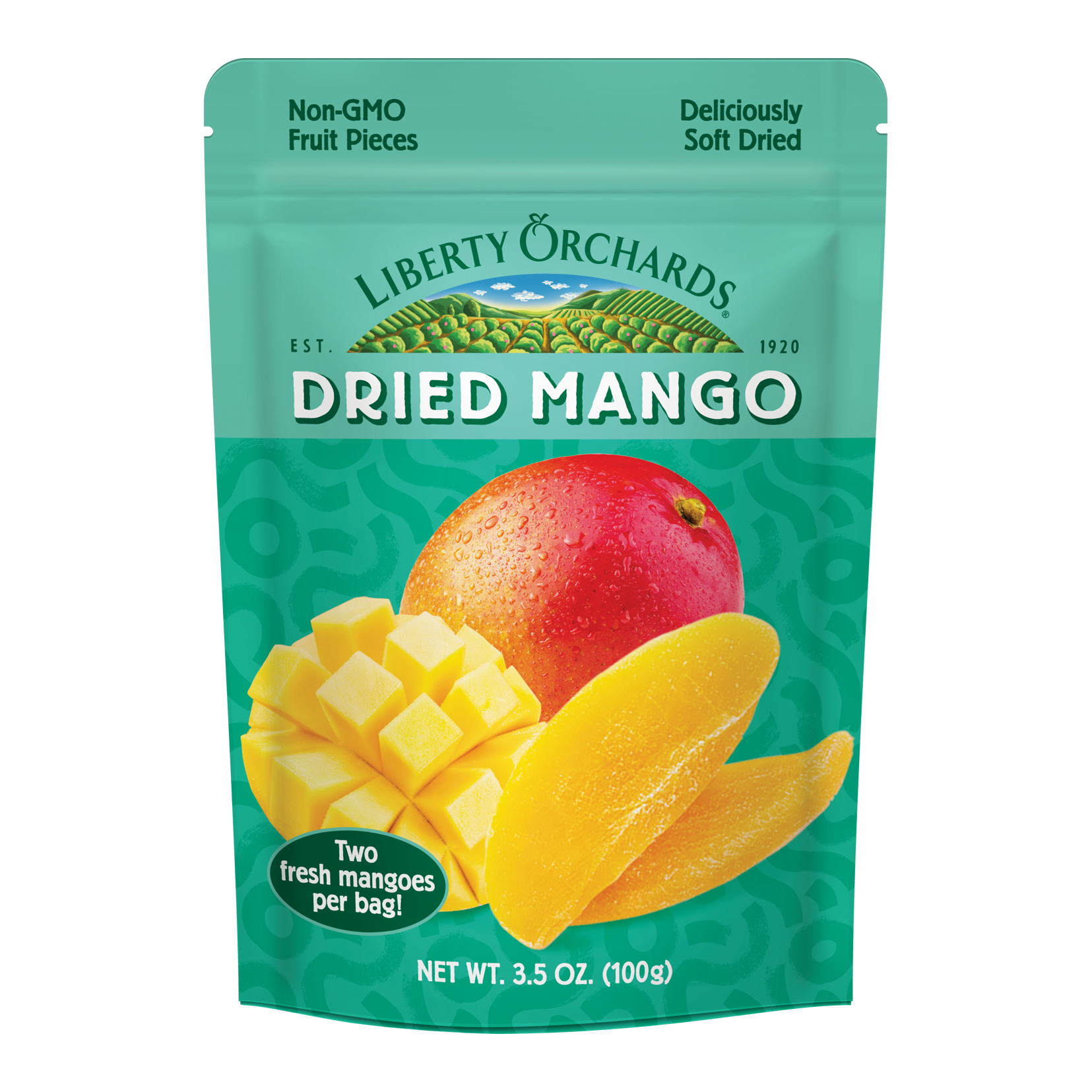Mango on a Quest: Uncover the Vitamins Hiding in Dehydrated Treats
Regarding nutritious snacks, dehydrated mango often hovers somewhat unnoticed notwithstanding its numerous nutritional advantages. These delicious savory, treats provide a strong charge of vitamins and minerals, making them a favored choice for those aiming to fulfill their hunger without sacrificing their health goals. Regardless of whether they are consumed as-is or mixed into salads or trail mixes, dried mango slices is more than just a delicious snack; it’s a rich in nutrients option that enhances overall wellness.
Recently, dried mango factories have appeared around the planet, leading to an surge in the accessibility and variety of this cherished snack. As buyers become more health-conscious, recognizing the advantages of dried mango is essential. Including enhancing your immunity to providing a quick source of fuel, the elements hidden in this fruit make it a noteworthy among dried snacks. Let us delve into the remarkable health benefits that dried mango brings to the table and learn why it deserves a position in your diet.

Nutritional Advantages of Dried Mango
Dried mango is a delicious and easy snack that offers a significant nutritional punch. One of the key benefits of dehydrated mango is its elevated content of vitamins and minerals. It is particularly rich in vitamin A, which enhances good vision and boosts the immune system. Additionally, dried mango provides a valuable source of vitamin C, an important antioxidant that assists protect the body from free radicals and supports in collagen formation.
Another crucial aspect of dehydrated mango is its dietary fiber content. Fiber is essential for a healthy digestive system, aiding to maintain regular bowel movements and promote a feeling of fullness. Incorporating dried mango into your diet can help manage weight and improve gut health. Furthermore, the fiber in dried mango can help in stabilizing blood sugar levels, making it a suitable snack for those monitoring their glucose intake.
Dried mango also contains a variety of beneficial plant compounds, such as polyphenols, which have anti-inflammatory properties. These compounds can add to overall health by reducing the risk of chronic diseases. Moreover, dehydrated mango is a source of natural sugars, which provide a quick energy boost, making it an great choice for athletes or anyone needing a refreshing snack. With its enticing flavor and health benefits, dehydrated mango truly deserves a spot in the realm of wholesome dehydrated snacks.
This Drying Process Described
The method of drying mango involves removing moisture while preserving its nutritional content and natural flavor. Fresh mangoes are first cleaned and peeled, followed by cutting them into consistent pieces. This guarantees that the drying process is consistent and efficient. Many plants use specialized equipment to control optimal heat and moisture levels, enabling the mango slices to dehydrate evenly without heating, which would diminish their taste and nutrients.
Once cut, the mango slices are undergoing a drying technique, which can either air drying, solar drying, or using industrial dehydrators. In an industrial environment, dehydrators use regulated heat and airflow to eliminate moisture rapidly while efficiently retaining the bright color and nutrients of the produce. Depending on the target texture and flavor profile, the drying time can vary, making it crucial for factory operators to monitor the process carefully to achieve the perfect dried mango.
After the drying procedure is complete, the dried mango goes through quality inspections to ensure it satisfies safety standards and keeps its nutritional benefits. The pieces are then packed for delivery. This meticulous methodology not only ensures that consumers receive a tasty and healthy snack but also highlights the dedication of dried mango factories in delivering quality products that bring the flavor of fresh mangoes to wider markets.
Acquiring Quality Mangoes
To create top-notch dried mango, sourcing the right mangoes is crucial. The best mangoes for drying are those that are fully ripe and sweet, loaded with flavor and nutrients. Farmers commonly opt for varieties such as Haden, Tommy Atkins, or Kent, which not only have excellent flavor but also feature the proper texture for drying. These mangoes should be gathered at their maximum ripeness to secure optimal flavor and nutritional content.
Once the suitable varieties are identified, it's crucial to form strong relationships with local farmers or suppliers. A trustworthy dried mango factory will focus on working with growers who follow sustainable farming methods and value quality over quantity. This strategy helps confirm that the mangoes are produced without toxic pesticides and are harvested thoughtfully to preserve their integrity. Maintaining these connections also boosts local economies and promotes ethical sourcing.
After obtaining, the mangoes undergo strict quality control measures before processing. This includes inspecting for any defects, ensuring uniform ripeness, and verifying for proper storage to prevent spoilage. A thorough drying process ensues, preserving the mangoes' nutrients while enhancing their natural sweetness. By emphasizing on quality at all step, from sourcing to processing, manufacturers can produce delicious and nutritional dried mango snacks that consumers can rely on.